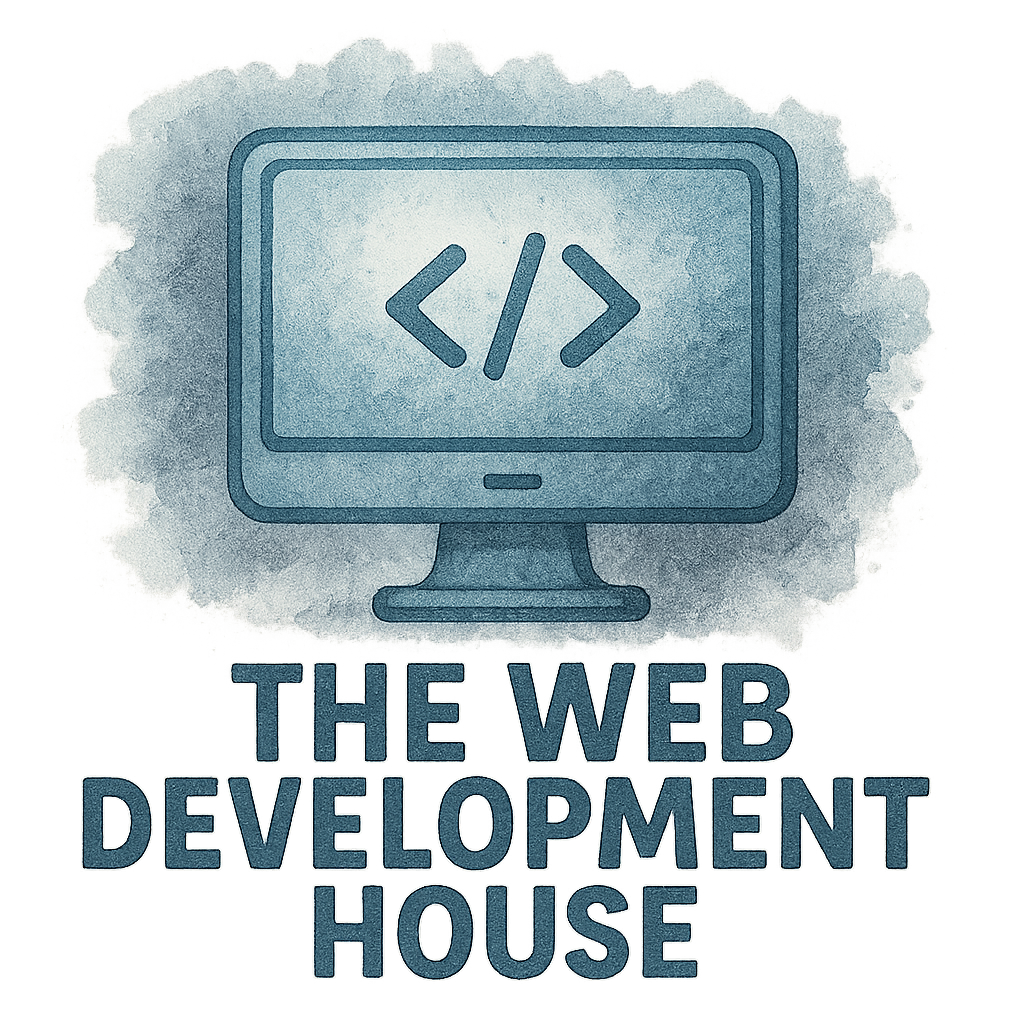Why Start with HTML in Web Development?
If you’re stepping into the world of web development, HTML is where you start. Think of it as the foundation of a house. Without a solid foundation, you can’t build anything stable on top. HTML (HyperText Markup Language) gives structure to every web page you see online. Mastering it means you’ll have the keys to create your own websites, apps, or even digital projects from scratch.
Getting Ready: Tools You’ll Need
Before diving into the exercises, let’s make sure you’re equipped. The good news? You don’t need fancy tools or expensive software to start with HTML.
Text Editor Options
You can begin with simple text editors like Notepad (Windows) or TextEdit (Mac). But for a better experience, try free code editors like VS Code or Sublime Text. They highlight syntax, making coding easier and less error-prone.
Setting Up Your Browser
Any modern browser (Google Chrome, Firefox, or Edge) works perfectly to test your code. Just open your .html file in the browser, and voilà—you’ll see your work come to life.
Exercise 1: Create a Simple Webpage Structure
Understanding <html>, <head>, and <body>
Every HTML file starts with <html>. Inside it, the <head> section stores metadata like the page title, while <body> holds visible content.
<!DOCTYPE html>
<html>
<head>
<title>My First Webpage</title>
</head>
<body>
<h1>Hello, World!</h1>
</body>
</html>
Adding a Page Title
Notice the <title> tag? That’s what shows up in the browser tab. Try changing it to your name or “My HTML Journey.”
Exercise 2: Add Headings and Paragraphs
Using <h1> to <h6>
Headings organize content. <h1> is the biggest and most important, while <h6> is the smallest.
Writing Content with <p>
Paragraphs use the <p> tag. This is where you’ll put most of your text. Combine headings and paragraphs to structure your page like a blog post.
Exercise 3: Insert Links and Images
The Power of <a> for Navigation
Links are created using <a href="URL">Text</a>. They’re the backbone of the web—clickable bridges between pages.
Example:
<a href="https://thewdhouse.com/">Visit The WD House</a>
Adding Images with <img>
Images bring your page to life. Use:
<img src="mypicture.jpg" alt="My Picture">
The alt text is important for accessibility and SEO.
Exercise 4: Build a List (Ordered and Unordered)
Creating Bullet Point Lists with <ul>
Unordered lists (<ul>) create bullet points:
<ul>
<li>HTML</li>
<li>CSS</li>
<li>JavaScript</li>
</ul>
Numbered Lists with <ol>
Ordered lists (<ol>) number items automatically. Perfect for steps or rankings.

Exercise 5: Create a Simple Table
Using <table>, <tr>, <td>, and <th>
Tables organize data in rows and columns. Example:
<table border="1">
<tr>
<th>Name</th>
<th>Age</th>
</tr>
<tr>
<td>Alice</td>
<td>22</td>
</tr>
</table>
Styling Tables Later with CSS
Don’t worry if your table looks plain now. With CSS, you can transform it into something beautiful.
Exercise 6: Build a Basic HTML Form
Input Fields, Checkboxes, and Buttons
Forms are how users interact with your site. A simple one looks like this:
<form>
Name: <input type="text"><br>
Email: <input type="email"><br>
<input type="submit" value="Submit">
</form>
Why Forms Matter in Web Development
Forms power logins, searches, sign-ups—basically every type of user input. They’re the core of user interaction.
Exercise 7: Combine Everything into a Mini Project
Building a Personal Bio Page
Now, put it all together: headings, paragraphs, lists, links, images, a table, and a form. Create a personal bio page introducing yourself, your hobbies, and maybe a contact form.
Testing and Improving Your Project
Open your page in different browsers. Does everything look right? Try adding new sections or playing with structure.
Tips for Practicing HTML Effectively
Learn by Doing, Not Just Reading
Reading about HTML won’t make you a developer. Coding—even small things—daily will.
Using Semantic HTML Tags
Go beyond basics. Tags like <header>, <footer>, <article>, and <section> improve accessibility and SEO.
Where to Go Next After HTML
CSS for Styling
Once you’re comfortable, CSS is your paintbrush. It makes your plain HTML look stylish and professional.
JavaScript for Interactivity
JavaScript adds logic and interactivity. Think pop-ups, animations, or live updates without reloading the page.
How The WD House Can Help Beginners in Web Development
When you’re ready to go beyond exercises, resources like The WD House offer guidance for every stage of your journey.
Learning from Real Company Culture
Check their insights on company culture to understand teamwork in real projects.
Resources on Project Management and Design
Dive into their guides on project management and UI/UX design to see how professionals plan and design digital products.
Exploring Mobile and Web Development Services
Want to go further? Explore their work in mobile development and web development. Also, don’t miss helpful tags like best practices, core values, design, dev house, productivity, startup, and UI/UX.
Conclusion
Starting with HTML is like learning the alphabet before writing stories. These seven exercises give you the foundation to build anything online. Practice daily, experiment, and don’t be afraid to make mistakes—that’s where the learning happens. And when you’re ready to level up, resources like The WD House can guide you toward becoming a professional developer.
FAQs
Q1: How long does it take to learn HTML basics?
Most beginners grasp the basics within a week of practice.
Q2: Do I need to know coding before learning HTML?
Nope! HTML is a markup language, not programming. It’s perfect for beginners.
Q3: Can I make a full website with just HTML?
Yes, but it will look plain. You’ll need CSS and JavaScript for design and interactivity.
Q4: What’s the best way to practice HTML daily?
Try recreating simple web pages you visit. Copy structure and content using HTML.
Q5: Is HTML the same as web development?
HTML is just one part. Web development also includes CSS, JavaScript, and frameworks.
Q6: How important are semantic tags in HTML?
Very important. They improve SEO, accessibility, and overall structure.
Q7: Where can I find beginner-friendly resources after this?
Start with tutorials online and check resources like The WD House.

